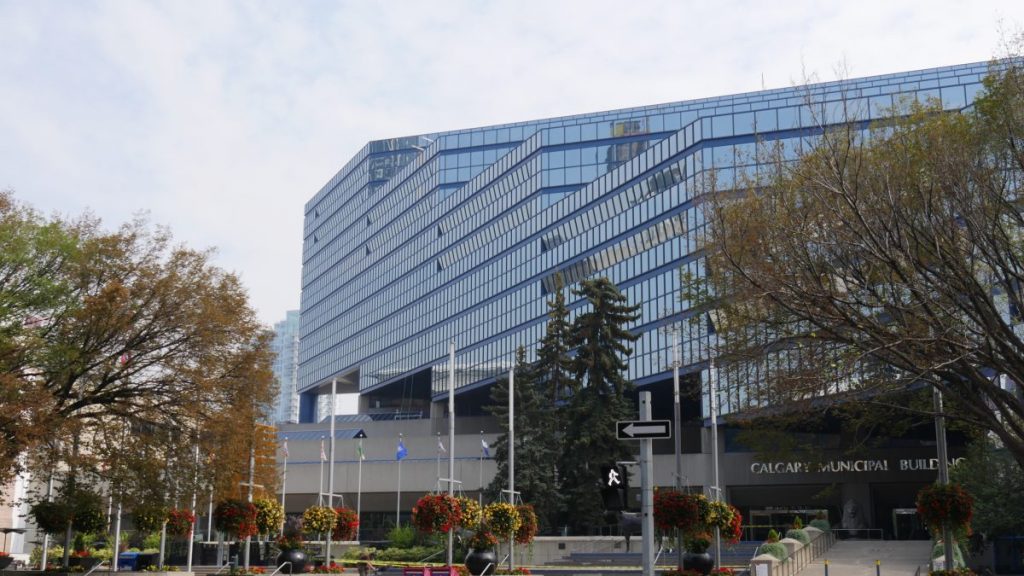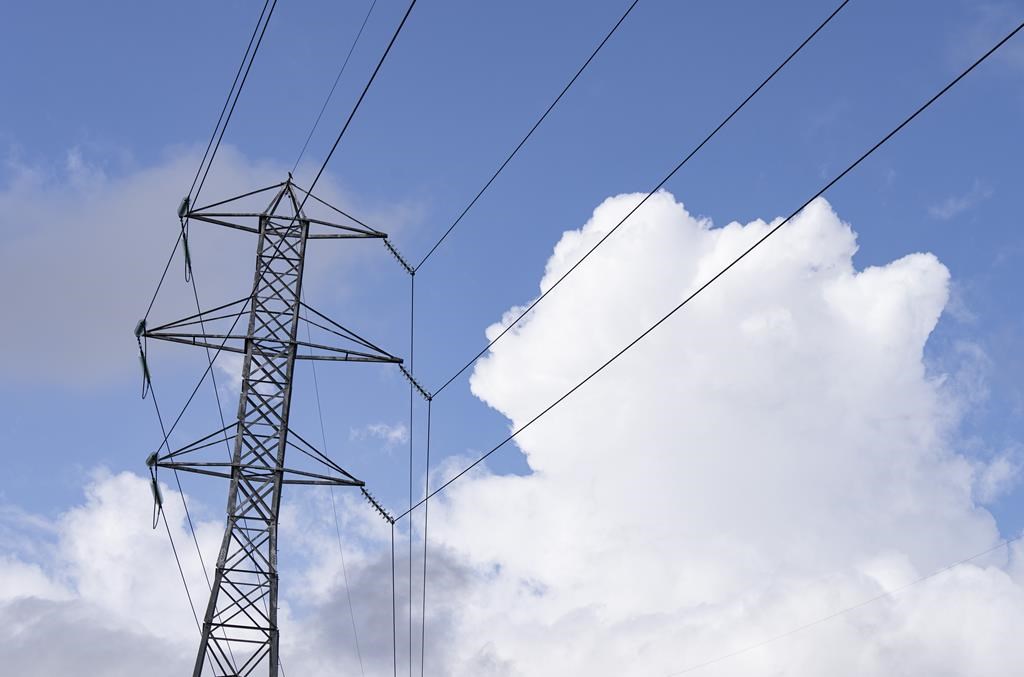Summer takes unprecedented toll on Arctic ice, prompting global warming fears
Posted Sep 19, 2012 2:08 pm.
This article is more than 5 years old.
OTTAWA – Arctic ice cover has reached another nadir, melting to its lowest point in recent history.
Scientists say the summer thaw climaxed on Wednesday and now will begin to turn with the coming of colder weather.
But the speed and extent of the melt this year has prompted them to revisit their projections for ice-free summers and for global warming more generally.
“It didn’t just beat the 2007 minimum, it beat it by a whole lot,” said Julienne Stroeve, a scientist from the U.S. National Snow and Ice Data Centre.
She was aboard a Greenpeace ship in the Arctic Ocean north of Greenland on a trip to observe first-hand the melting of the ice that she has studied mainly through satellite data.
She and other scientists say they were taken by surprise by the pace of the melt this year. An area of sea ice bigger than the province of Alberta disappeared over the summer — clobbering previous records and prompting concerns about the effects on climate change.
In mid-September, Arctic ice covered 3.41 million square kilometres, down dramatically from the previous low in 2007, when it measured 4.17 million square kilometres, Stroeve’s agency reported.
“The record is unbelievable,” said Andrew Weaver, a climate modeller in the School of Earth and Ocean Sciences at the University of Victoria, in British Columbia. “This is a stunning loss of ice. To say that it is anything less than stunning would be an underestimate.”
Environment Minister Peter Kent says he is not exactly shocked, but he is definitely perturbed — mainly about how the ice will reform, throwing off navigation patterns.
“It is a concern and it is not going to be reversed any time soon,” he said in an interview with The Canadian Press. “We realize that climate change is a significant contributing factor and we have to adapt.”
That’s why Ottawa is bolstering its ice monitoring and Arctic meteorological services, he said. And it’s why Canada is pushing for countries with large emission levels to join a global pact on climate change.
“If we do reduce (emissions), we do believe we can slow (the pace of the melt),” Kent said.
What alarmed Stroeve is that her on-the-scene observations suggest the satellite images have underestimated the speed of the melt.
Clouds and fog frequently obscured the pictures, leading researchers to believe that solid ice was present. But in fact, Stroeve has had a hard time finding large ice floes and is instead seeing many small floes that only look like solid ice from a distance.
“There’s quite a bit of open water between them,” Stroeve said in an interview by satellite phone.
“What’s surprised me is how much open water there is. And how small the floes are. They’re not large. We’ve been looking for floes that were at least 100 metres in length or width. And there’s very few large floes. That surprised me. They’re really broken up.”
Stroeve has been taking daily measurements of the ice, recording its thickness every hour or two and making hourly observations from the ship’s deck. She hopes to augment her satellite data with these numbers to gauge how much the satellite findings underestimate the problem.
Darker ice-free waters and thinner patches of ice absorb more heat from the sun than the glistening, white sea ice. That accelerates global warming in a process that is next to impossible to reverse.
Stroeve now estimates that the Arctic will be ice-free in summer by around 2030, contrary to other formal estimates that have set that date at around 2050.
“Obviously there is huge climate impact,” she explained. “The sea ice now helps keep our planet cool by reflecting most of the sun’s energy. And so by removing the ice, then the ocean’s going to absorb all that heat during the summertime,”
In the Canadian Arctic, government researchers also say they have seen a historic low for the ice this summer.
Using satellite data, senior ice forecaster Trudy Wohlleben at the Canadian Ice Service has found that just 12 per cent of the region is frozen this season, compared with a normal 30 to 35 per cent.
With the summer ice now at its low point for the season, Wohlleben says the 2012 level is far below any level measured in Canada since record-keeping began in 1971.
“For the Canadian Ice Service, it means we’re busier than ever because more and more ships want to go to the Arctic,” she said. “Boats are popping up everywhere.”
In the past, the Arctic summer saw only the coast guard and supply ships travel north to help remote communities stock up for the winter. Now, there are sailboats, motor yachts and cruise ships of all shapes and sizes.
What Weaver fears is that the federal government, instead of taking steps to mitigate the climate damage and slow the melting of the ice, will encourage oil and gas exploration in the region and the use of the Arctic as a trade route.
Greenpeace makes a similar argument, saying that governments around the North Pole are ignoring the effects of climate change in favour of fossil fuel exploitation. The activists are asking the world to declare the area around the Pole a global sanctuary and prohibit drilling.
Weaver’s own research has shown that it’s not just the sea ice that’s disappearing. The permafrost is also melting, allowing emissions from the organically rich earth to escape and accelerate climate change.
Stopping the melt is difficult, because policy-makers can’t do anything that would immediately remove the source of the melting, he added.
He likened the process to putting a pot of water on the stove to boil. To get it to cool down, you have to take it off the burner and give it time. Turning down the temperature from high to medium would only postpone the boiling.
“The sea ice in the Arctic is toast,” said Weaver. “But (action) may change whether or not we are toast too.”










